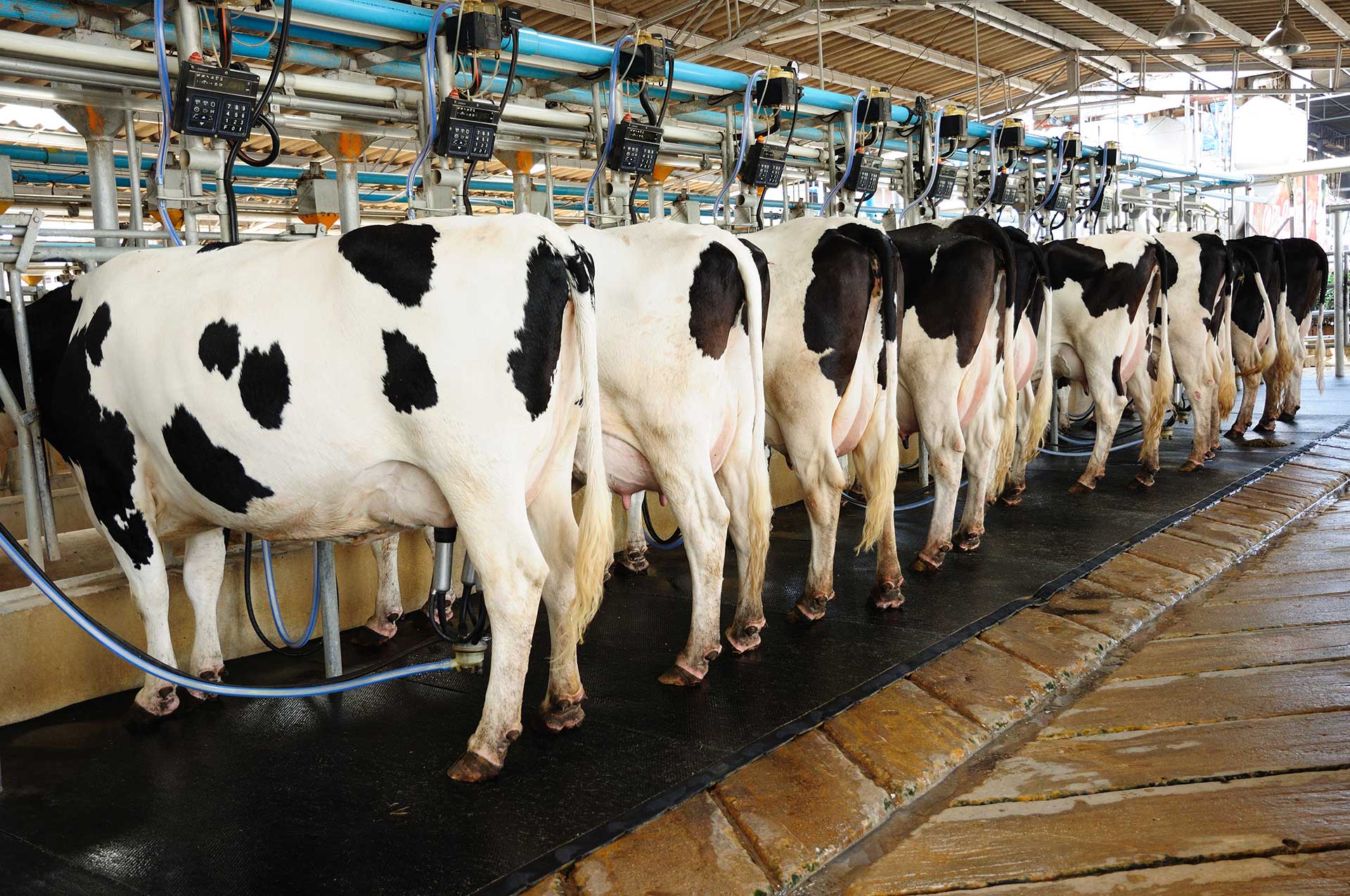Cheese Texture Profile Analysis Testing
The cheese texture profile analysis testing is a crucial process within dairy product quality assurance. This service involves assessing the rheological properties of cheese using advanced instruments to ensure that the final product meets both internal and external quality standards.
Texture profiling is particularly important for determining the consistency, firmness, and mouthfeel of cheese products. Understanding these characteristics helps in optimizing production processes, enhancing product quality, and ensuring consumer satisfaction. Texture profile analysis also plays a vital role in compliance with international standards such as ISO 14695:2018.
The testing process begins with selecting appropriate samples that represent the batch or type of cheese being analyzed. Samples are carefully prepared to ensure homogeneity and consistency, which is critical for obtaining reliable data. Once prepared, these samples undergo rheological tests using specialized texture analyzers.
During this analysis, parameters like shear stress, strain rate, and modulus are measured to understand the mechanical behavior of cheese under different conditions. These measurements provide insights into how the cheese behaves when cut or chewed, which is essential for product development and quality control.
The results from these tests are then analyzed using statistical methods to determine whether they meet the required specifications set by industry standards. Compliance with these standards ensures that products consistently deliver expected textures and mouthfeel, thus maintaining brand reputation and customer trust.
Regular texture profiling not only helps in maintaining consistent quality but also allows for continuous improvement in production techniques. By identifying areas where improvements can be made based on test results, companies can innovate and refine their processes to produce better-tasting and more satisfying products.
In conclusion, cheese texture profile analysis testing is an indispensable tool for dairy manufacturers seeking to ensure top-notch product quality. It supports not only compliance with international standards but also drives innovation through data-driven decision-making.
Why It Matters
Cheese texture profile analysis testing matters because it directly influences consumer satisfaction and brand reputation. Consumers expect consistency in the texture of their favorite cheeses, from soft brie to hard cheddar. When textures deviate significantly from expected standards, it can lead to dissatisfaction and even loss of market share.
From a regulatory perspective, adhering to international standards like ISO 14695 ensures that dairy products meet safety and quality benchmarks set by governing bodies worldwide. This compliance is essential for maintaining market access and ensuring consumer confidence in the integrity of the product.
For R&D engineers, texture profiling offers valuable insights into how changes in formulation or processing methods affect the final product. These findings can guide strategic decisions aimed at improving not just the taste but also the overall sensory experience offered by dairy products.
In addition to these benefits, regular texture profiling supports sustainability efforts within the industry. By optimizing production processes through precise measurement and analysis, manufacturers reduce waste and resource consumption while enhancing efficiency.
- Ensures consistent product quality
- Maintains consumer trust
- Aids in regulatory compliance
- Supports innovation in dairy products
- Promotes sustainability practices
In summary, cheese texture profile analysis testing is more than just a technical procedure; it's a strategic investment in maintaining brand integrity and driving success within the competitive dairy market.
Quality and Reliability Assurance
- Precision Instruments: Utilization of high-precision texture analyzers ensures accurate measurement of cheese rheological properties.
- Data Analysis: Advanced software tools are employed to analyze test results, providing detailed insights into the mechanical behavior of cheese.
- Statistical Methods: Application of statistical techniques helps in interpreting data accurately and making informed decisions regarding product quality.
The reliability of these tests is further enhanced by regular calibration of instruments against recognized standards. This process ensures that all measurements are accurate and consistent, thereby maintaining the integrity of the testing process.
Moreover, adherence to strict laboratory protocols guarantees that each test follows a standardized procedure, minimizing variability in results. By doing so, laboratories can provide consistently reliable data that stakeholders can trust.
The importance of quality assurance cannot be overstated when it comes to ensuring product consistency and meeting regulatory requirements. Regular texture profiling helps identify potential issues early on, allowing for corrective actions before they impact the final product.
Ultimately, robust quality and reliability assurance measures contribute significantly to maintaining a positive brand image and fostering long-term customer loyalty within the dairy industry.
Customer Impact and Satisfaction
The implementation of cheese texture profile analysis testing has far-reaching impacts on both customers and businesses. For consumers, consistent product quality translates into a better dining experience. Knowing that their favorite cheeses will have the same delightful textures each time they purchase them fosters trust and satisfaction.
For manufacturers, meeting these expectations means greater customer loyalty and potentially increased sales volumes. Positive feedback from satisfied customers can lead to enhanced brand reputation, which is invaluable in today's competitive marketplace.
In terms of operational efficiency, texture profiling aids in streamlining production processes by identifying areas where improvements are needed. This leads to reduced waste, lower costs, and higher productivity rates—all contributing factors towards achieving greater profitability for businesses.
Furthermore, compliance with international standards such as ISO 14695 not only ensures product safety but also enhances the overall perception of the brand among consumers who value quality above all else. This alignment between business practices and consumer expectations strengthens relationships between manufacturers and their end-users.
In summary, cheese texture profile analysis testing plays a pivotal role in enhancing customer satisfaction while simultaneously boosting operational efficiency and profitability for dairy businesses.





